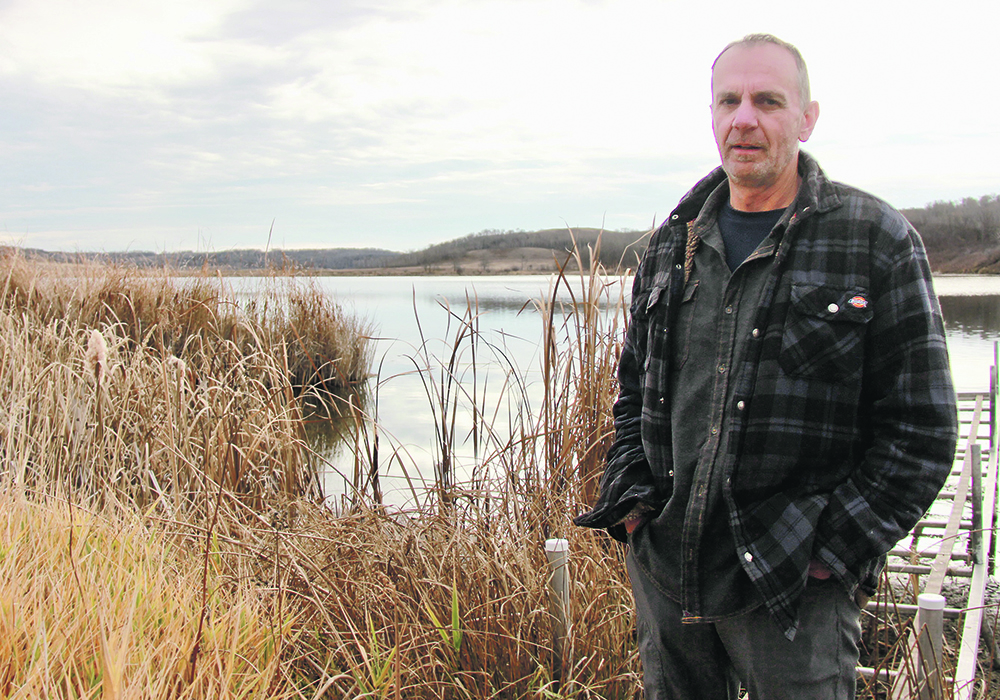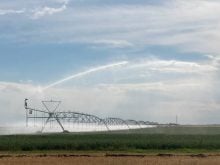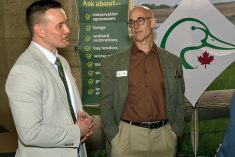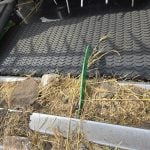Well-published naturalist introduces readers to a rarely visited landscape as he tries his hand at fiction for the first time
CHERRY LAKE, Sask. — It resembles a scene from his book.
Birds sway on cattails, soaring geese beckon to each other and Cherry Lake reflects the shoreline’s spectacular fall shades in mirrored stillness.
Trevor Herriot’s eighth book — and first work of fiction — is set in an obscure prairie valley tucked amid the farmland south of Indian Head, Sask. The natural setting, with its chain of three lakes and surrounding poplar bluffs, is the site of Herriot’s real-life summer property, and also the homecoming spot of the main character in his novel The Economy of Sparrows.
Read Also
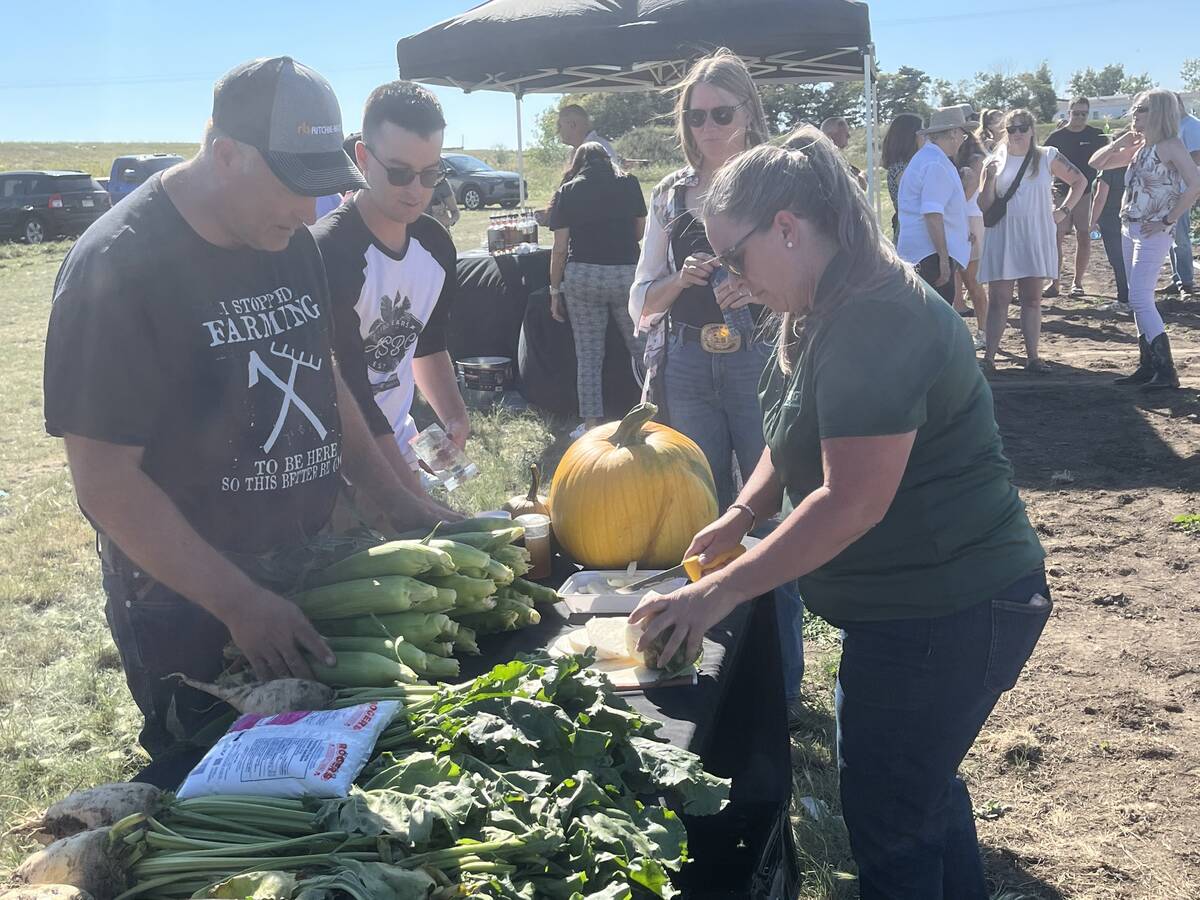
Alberta farm lives up to corn capital reputation
Farm to Table Tour highlighting to consumers where their food comes from features Molnar Farms which grows a large variety of market fruits and vegetables including corn, with Taber being known as the Corn Capital of Canada.
The Saskatchewan naturalist placed Nell Rowan in this valley to introduce readers to the birding utopia that surrounds Deep Lake, Lake Marguerite and Cherry Lake.
“There are only a few of these places left, which have survived because they are uncultivable, so we are now starting to see their value and the value of protecting them,” said Herriot, explaining that only about 10 percent of the original native prairie grasslands remain in Saskatchewan.
“I like raising awareness about the value of small places and the connectivity they have to other small places.”
As his main character Nell, a self-made naturalist and bird lover, returns to her family’s fictional Indian Head homestead after years in Ottawa, she encounters her farming neighbour Vivian, which creates the central struggle in the book: industrial-scale farming versus the preservation of natural habitat.
There is room for both, said Herriot, gazing out from the deck of his summer cabin on Cherry Lake.
“I want people to ask the questions and to not be afraid to talk about how we are using the land — and not using the land — when they are with neighbours and at coffee row.”
The inspiration for the book comes from Herriot’s many years of studying William Spreadborough (1856-1931), a prodigious bird collector who gathered specimens for the original Geological Survey of Canada.
Spreadborough’s western Canadian travels took him to the spots featured in The Economy of Sparrows. Herriot can even pinpoint the precise locations where certain specimens — preserved with arsenic and archived in Ottawa — were gathered.
“This is where William Spreadborough spent the spring and summer of 1892 to collect birds, so I can walk in an area and remember that he shot 14 bobolinks there, and if I go to Deep Lake and look for the piping plovers, they have been gone for half a century,” said Herriot.
If Nell and Vivian are the main characters in this book, then the wide range of birds explained ubiquitously in the novel by their scientific name, habitat, diet and song are most certainly not far behind.
The novel opens with: “On the morning after the first rain of spring, Nell Rowan stood in her kitchen to listen. The notes were sweet, rollicking, almost hurried. She knew the bird, but the name did not come until a piece of Latin from taxonomy class, forty years behind her, sprang forward: Carpodacus. The first purple finch of the year, right on schedule, and she knew where it would be.”
More than 15 other birds are featured as chapter headings, bringing the reader into the natural world where we can clearly see the loss of natural wetlands and bush as a death sentence for some species.
Herriot said presenting the area in terms of what it looked like more than 100 years ago is meant to be a sobering wake-up call to readers.
“The early surveyors like Spreadborough were here at a time when most of the native prairie was still intact, which would have been amazing, but they were also complicit in planning for it to be cleared and eventually turned over for cropping.”
Herriot said it’s too late to return to the days when Spreadborough roamed this valley, but he wants readers to walk in this untouched area through his words, and to even physically visit it in modern times.
Herriot and a community of friends bought a quarter of land north of Indian Head in 2005 and have established trails and cabins on the land bordering Cherry Lake that they share with the public.
“We have a long-term conservation plan in the area for eight to 10 quarters where we’d welcome people to come visit, paddle and walk or hike.”

